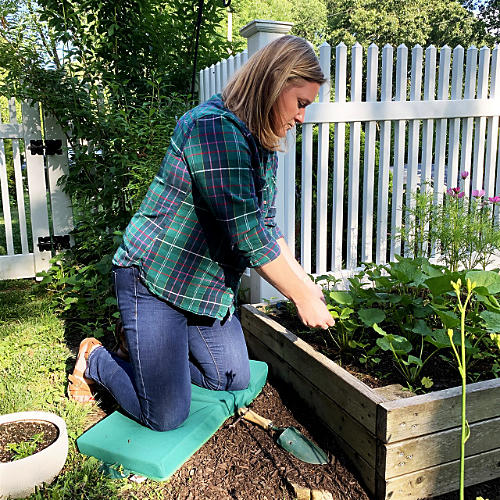Extra
Posts
Showing posts with the label Agriculture
Farm group wants improved safety measures for pipelines running through Illinois
- Get link
- Other Apps
Homegrown taste best, 5 benefits of growing your own food
- Get link
- Other Apps
Seeds online; just because they're easy to buy doesn't mean they’re safe
- Get link
- Other Apps
Agriculture tour businesses eligible for new tax credit
- Get link
- Other Apps
Recognized for his contributions and dedication, Kermit Esarey is inducted into the 2022 SJO Hall of Fame
- Get link
- Other Apps
SJO FFA to host auction fundraiser this Saturday
- Get link
- Other Apps
Shike wins national title, Unity's FFA teams make their mark
- Get link
- Other Apps
5G connectivity and the future; what it possible can do for you
- Get link
- Other Apps







